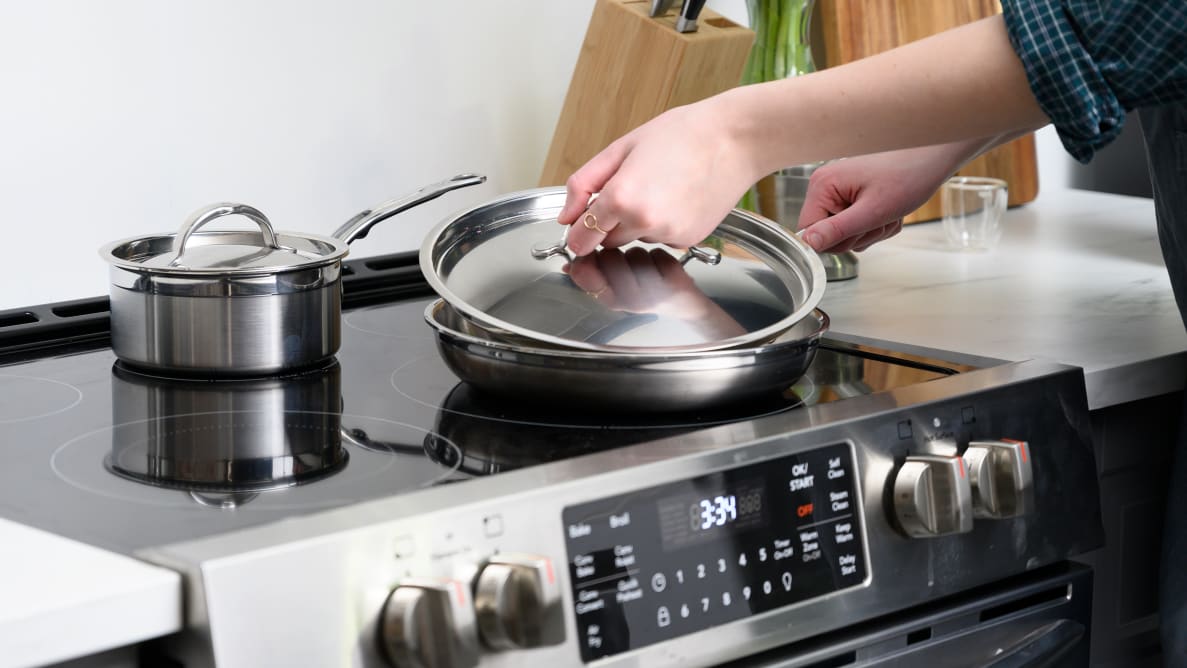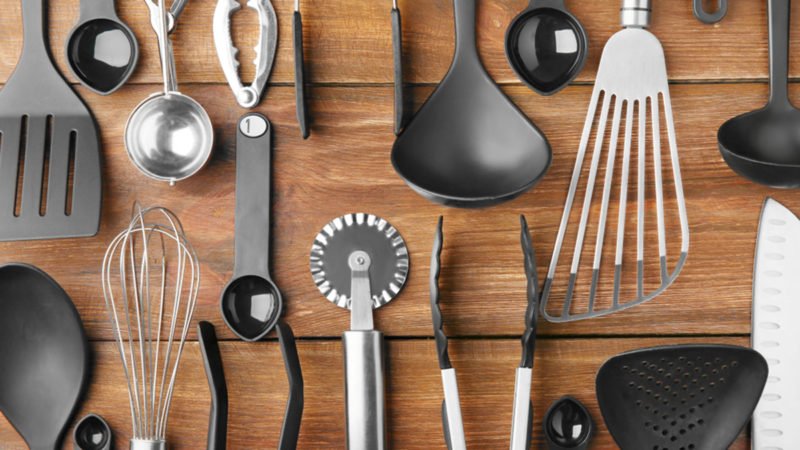Buying a cookware set can end up being quite a daunting task. There are so many variations in construction materials, coatings and inner materials, shapes, sizes and many other things you’ll want to consider before committing and making your purchase. Because cookware isn’t cheap, making the right choice for your specific culinary needs does mean spending some time researching and learning some basics about cookware. Here are some of the most important considerations you should consider when purchasing new pots and pans.
Your Budget for New Cookware
The first thing you’ll want to consider and the factor that’s going to affect your range of choice the most is just how much you’re willing to spend. If your budget is higher, you’re naturally going to find yourself with more choice. How much you spend should really be dependent on how often you’re going to use your cookware, as well as how many people you’re cooking for. If you’re cooking for a whole family, you’ll also want to try and spend a bit more because you’ll likely be using your cookware more often. You likely won’t need top of the line cookware for home use, however, so don’t feel that you should go overboard.

What Types of Meals Do You Cook?
Probably the most important aspect to consider when choosing cookware is what you find yourself cooking the most often. Each piece of cookware has a specific purpose, so finding a set that will cater for your wheelhouse of meals will be beneficial. If you make stews and braise meats often, a good quality Dutch oven or cast iron pot will be your cookware of choice, while if you opt more for soups and stocks then strongly consider stainless steel cookware. You’ll want a frying pan too no doubt, so build up an idea of the kinds of cookware you’ll need in your set and look for something that caters for it. Most sets will generally have a selection of pots and pans to cater for most uses, but if you need more specific options, then consider buying individual pieces.
Construction Material
There are four materials that are more commonly used to construct cookware – stainless steel, anodized cookware, cast iron and aluminum. Each have their specific advantages and disadvantages so spending some time looking at each is recommended. Stainless steel is incredibly resistant to scratching and denting, but it has lower heat conductivity, so you’ll want something with a copper or aluminum core to assist with this. Cast iron might be your choice if you’re looking for something that is cheaper and cost effective that you can use on the stove or in the oven.

Non-Stick Coatings
Teflon has been getting some bad press lately because of studies showing that it can be bad for your body and the environment, as it releases harmful chemicals when heated. So, many people are opting for more natural non-stick cookware like stainless steel and cast iron. Since cast iron requires some care and knowledge on how to keep it in good condition, stainless steel is quite often emerging as the first choice for those purchasing new cookware. It is also incredibly durable and a good set can last you years and years.
Considering all these different things might feel a bit overwhelming at first, but there is a sweet spot for you amongst the many different options available. Your budget should be informed by how much time you spend cooking and what sort of experience you want out of your cookware. Spending more might be difficult to convince yourself to do, but you’re likely going to be thankful you did in the long run.


















